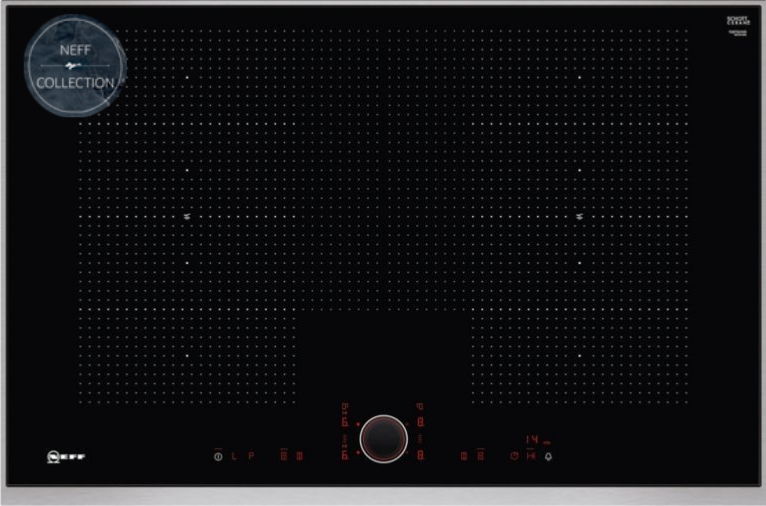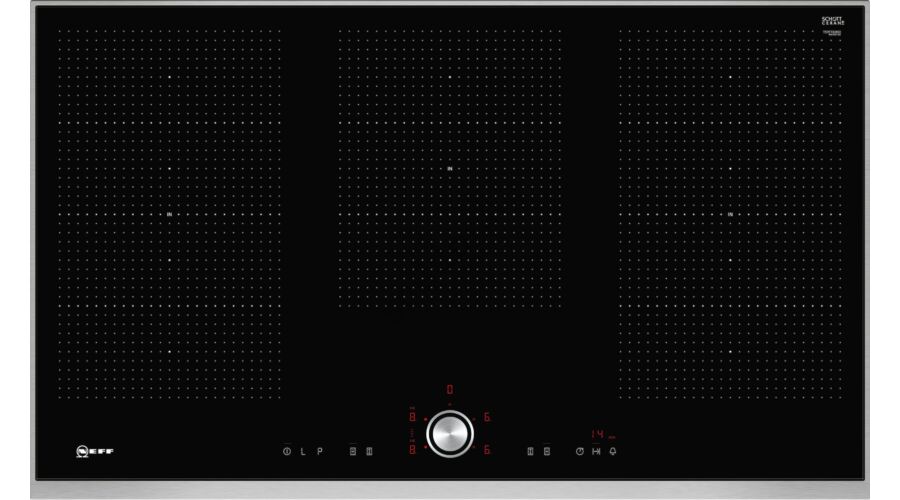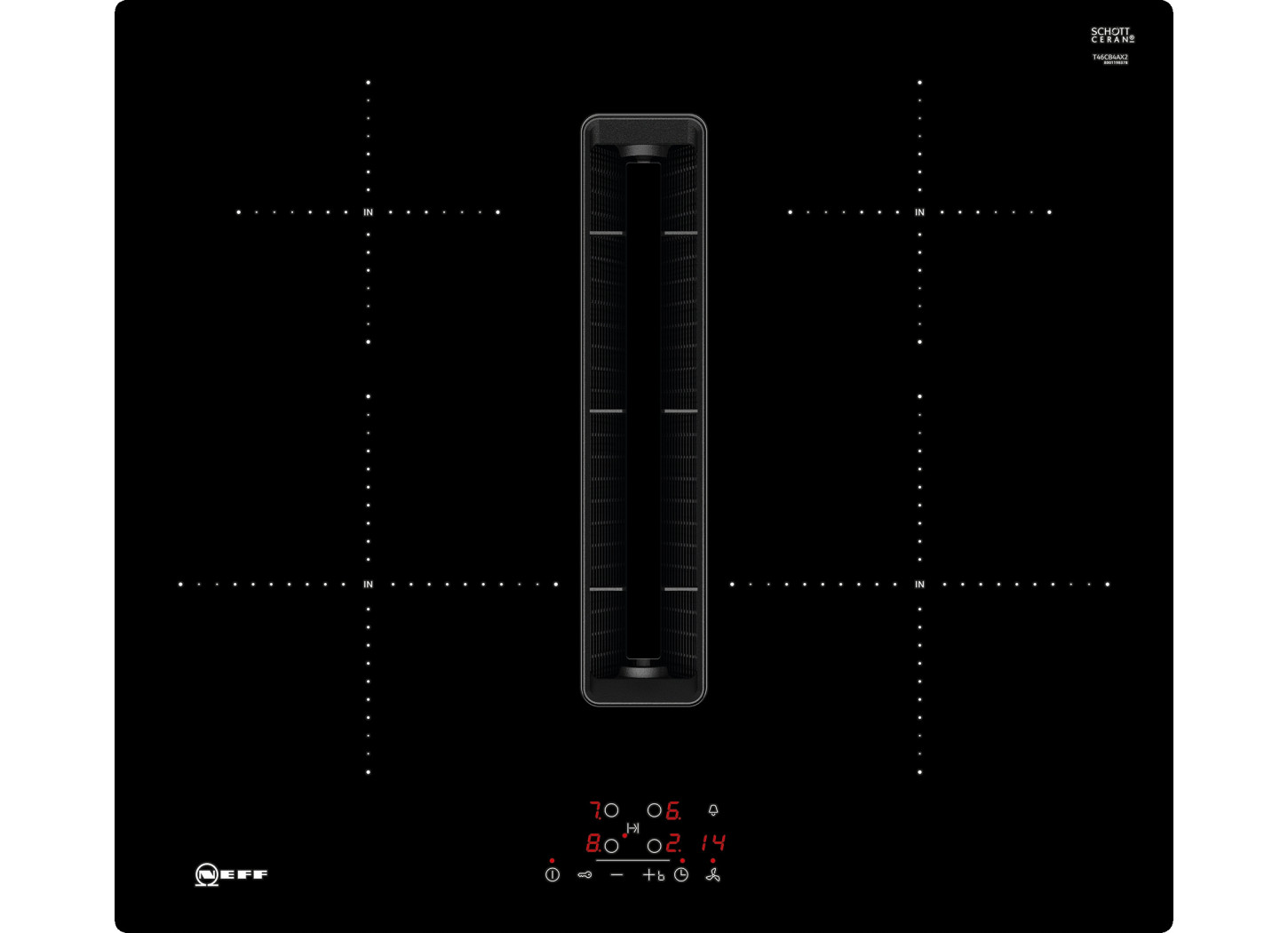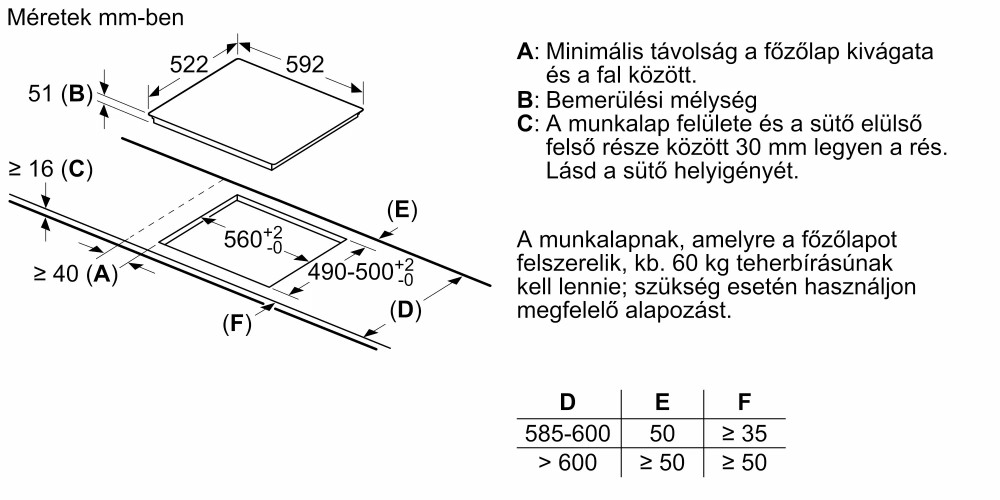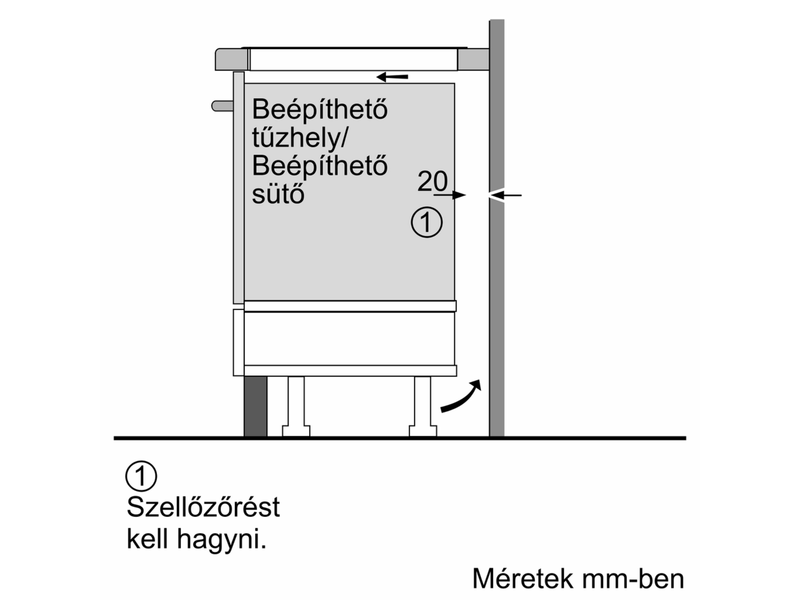
Bosch PUE611BB5E beépíthető indukciós főzőlap | Önálló indukciós főzőlapok | Vásárlás | Elektro Márkabolt

Bosch PUE611BB5E beépíthető indukciós főzőlap | Önálló indukciós főzőlapok | Vásárlás | Elektro Márkabolt

Neff T59TT60N0 beépíthető indukciós főzőlap | Önálló indukciós főzőlapok | Vásárlás | Elektro Márkabolt

Gyorsabb főzés, csökkentett energiafogyasztás - Bosch PUE645BB1E Indukciós főzőlap bemutató videó - YouTube

Bosch PIE811B15E Indukciós főzőlap beépített elszívóval » Indukciós főzőlap » Vásárlás » Bosch Siemens Márkabolt

Bosch PUG61RAA5E beépíthető indukciós főzőlap » Indukciós főzőlap » Vásárlás » Bosch Siemens Márkabolt

Bosch Serie | 2, Indukciós főzőlap, 60 cm, Fekete, surface mount without frame, PUG61RAA5E | Pepita.hu

Bosch PUE611BB5E beépíthető indukciós főzőlap | Önálló indukciós főzőlapok | Vásárlás | Elektro Márkabolt

Bosch Serie | 2, Indukciós főzőlap, 60 cm, Fekete, surface mount without frame, PUG61RAA5E | Pepita.hu

Bosch PIB375FB1E Beépíthető Dominó Indukciós Főzőlap » Dominó főzőlap » Vásárlás » Bosch Siemens Márkabolt






